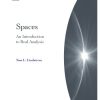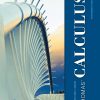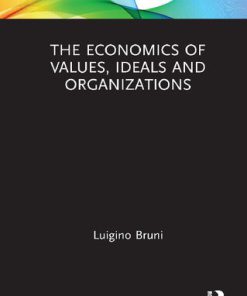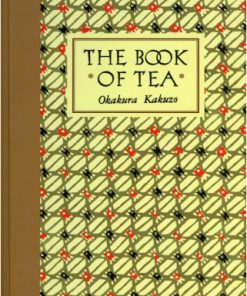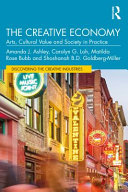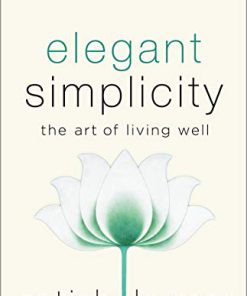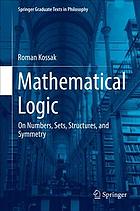Simplicity Ideals of Practice in Mathematics and the Arts 1st edition by Roman Kossak ISBN 3319533835 9783319533834
$50.00 Original price was: $50.00.$25.00Current price is: $25.00.
Simplicity Ideals of Practice in Mathematics and the Arts 1st edition by Roman Kossak – Ebook PDF Instant Download/Delivery: 3319533835, 978-3319533834
Full download Simplicity Ideals of Practice in Mathematics and the Arts 1st Edition after payment
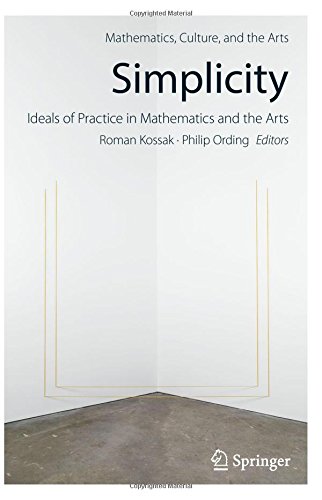
Product details:
ISBN 10: 3319533835
ISBN 13: 978-3319533834
Author: Roman Kossak
To find “criteria of simplicity” was the goal of David Hilbert’s recently discovered twenty-fourth problem on his renowned list of open problems given at the 1900 International Congress of Mathematicians in Paris. At the same time, simplicity and economy of means are powerful impulses in the creation of artworks. This was an inspiration for a conference, titled the same as this volume, that took place at the Graduate Center of the City University of New York in April of 2013. This volume includes selected lectures presented at the conference, and additional contributions offering diverse perspectives from art and architecture, the philosophy and history of mathematics, and current mathematical practice.
Simplicity Ideals of Practice in Mathematics and the Arts 1st Table of contents:
-
Inner vs. Outer Simplicity:
- This distinction likely explores the difference between subjective simplicity (how we experience or conceptualize simplicity internally) versus objective simplicity (the outward, observable properties of a thing).
-
The Complexity of Simplicity:
- The text seems to suggest that simplicity is not a straightforward concept and that simplicity often arises from complexity. This idea might be explored through discussions on the complexity of artistic images, mathematical systems, or philosophical constructs.
-
Philosophy and Simplicity:
- Several philosophical perspectives are mentioned, including Kantianism, co-production, and the sublime. These could be used to explore how simplicity operates within the realm of human experience, existence, and aesthetics.
-
What Simplicity Is Not:
- This section outlines various misconceptions about simplicity, such as:
- It’s not outside of existence (i.e., simplicity isn’t something that exists independently of the world).
- It’s not purely subjective (i.e., there is a shared or objective element to simplicity).
- It’s not necessarily timeless or functional, and it doesn’t always equal perfection.
- It can sometimes be shallow, and simpler doesn’t always mean shorter or easier.
- This section outlines various misconceptions about simplicity, such as:
-
Constructing the Simples:
- This may explore how simplicity is built or deconstructed in various fields (mathematics, art, and possibly other areas), noting how elements of “impurity” and “residues” factor into the creation of simplicity.
-
The Fluidity of Simplicity:
- This theme connects simplicity with artistry, mathematics, and logic, and discusses how simplicity can evolve or “flow” between different realms of thought.
-
Mathematics and Simplicity:
- A significant portion of the text seems to be dedicated to the intersection of simplicity and mathematics. Concepts like formalization, purity of method, brevity in proofs, and the balance between simplicity and complexity in mathematical practice are explored.
-
The Purity Debate:
- This involves discussions of “pure” versus “impure” proofs in mathematics, the role of simplicity in such proofs, and a formal evaluation of how these elements influence mathematical reasoning.
-
Economy of Thought in Mathematics:
- The notion of “economy of thought” emphasizes minimizing cognitive load and maximizing clarity and effectiveness in mathematical education and practice. This section might explore how simplifying complex problems can enhance learning and reduce mental fatigue.
-
Simplicity in Art:
- Artistic expressions of simplicity, as seen through the work of figures like Mel Bochner and Fred Sandback, are discussed. These sections likely explore how artists approach simplicity in their works and how it contrasts with traditional forms of complexity.
-
Appendices:
- Appendix A likely contains a detailed exploration of simplicity in both mathematics and art, possibly comparing these domains.
- Appendix B includes a conference program, suggesting that this material is based on academic or artistic discussions about simplicity.
Simplicity and Complexity in Practice
The texts reflect a philosophical, artistic, and mathematical exploration of simplicity, indicating that true simplicity often emerges from a more complex underlying structure. Rather than being a simplistic or minimalistic notion, simplicity is presented as an active process of reduction, abstraction, or distillation from complexity.
Theories of Simplicity in Mathematics and Art
-
Simplicity in Mathematical Proofs: The debate about simple vs. complex proofs in mathematics revolves around “purity” versus “impurity,” where simple proofs are valued for clarity and brevity. The focus is on the economy of thought—reducing complexity without sacrificing depth or rigor.
-
Simplicity in Art: In art, simplicity may not always imply minimalism but could represent an elegant and profound expression that arises from the artist’s engagement with complex structures or processes.
People also search for Simplicity Ideals of Practice in Mathematics and the Arts 1st :
simplicity ideals of practice in mathematics and the arts
what is the principle of simplicity
examples of simplicity in business
simplicity is elegance
functional simplicity
Tags:
Roman Kossak,Simplicity,Ideals,Practice,Mathematics,Arts 1st
You may also like…
Business & Economics
Politics & Philosophy
Education Studies & Teaching - Philosophy of Education
Restorative Justice in the English Language Arts Classroom Principles in Practice 1st Edition Winn
Science (General)
Business & Economics - Economics
Mathematics - Algebra
Politics & Philosophy - General & Miscellaneous Philosophy
Mathematics - Logic


